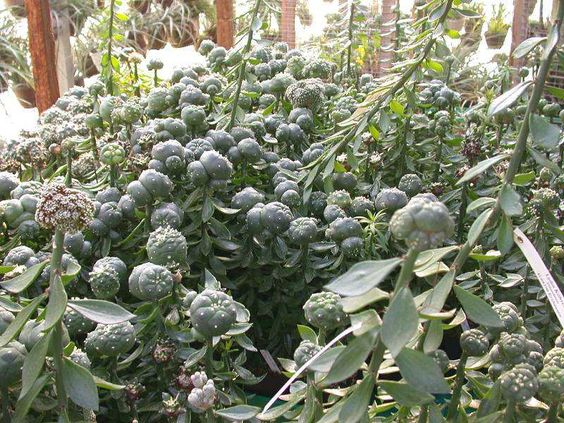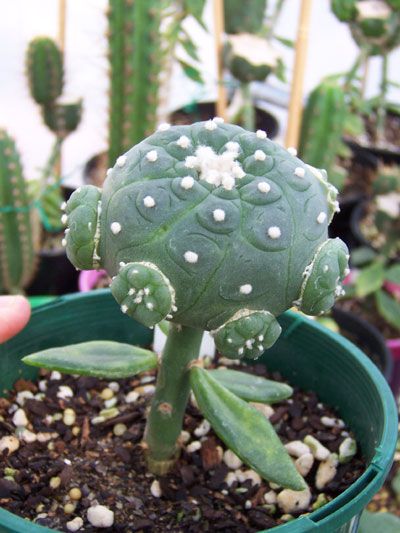San Pedro feels more tranquil. Maybe sleepy a little bit. I thinks there are some sedative alkaloids in it. Don't know what they are.
Relevant ☞
Alkaloids of the Peyote Plant
I’ve had the honor of doing peyote 4 times.
When you say "honor" do you mean that because someone was kind enough to gift or sell you some of their cactus buttons, or is the honor to you just in having the opportunity to use Peyote given its relative obscurity and oftentimes profound insight?
I have only done mescaline once. It was different. Hard to explain why.
Yeah they're certainly different, though the trip still centers around the effects of a large-ish dose of 3,4,5-trimethoxyphenethylamine (Mescaline). Peyote has an entourage of related chemicals though that no doubt flavor and affect the subjective, qualitative effects. I think it's interesting to note how Peyote has present among these constituents
3,4-methylenedioxyphenethylamine (MDPEA). Note the 3,4-methylenedioxy benzene ring is also present in 3,4-methylenedioxymethamphetamine (MDMA). There are a few of these compounds, in fact, along with a baker's dozen 3,4,5-trimethoxyphenethylamines that are probably all mostly active, or if not individually, then in concert with one another. But I'm also making an educated guess here. Still, it's cool stuff going on with this.
it was in a session context and I don’t often trip with strangers.
Yeah I know what you mean. A person has to be willing to place themselves in a state of vulnerability in order to get the most from what psychedelics have to offer and to grow. That takes courage and forethought regarding set & setting, and even then you can't factor in for everything, all incidentals or weird goings-on that always seem to precipitate at the moment I'm peaking

… you know how it goes…
though I want to know the more specific differences in alkaloid profile and psychedelic effects between the different species of psychedelic mescaline-containing cacti.
Check out the above link to get an idea of where to research those specifics. I don't have the numbers in front of me, but I've seen them. Seek and ye shall find.
On another note, how does pure mescaline feel compared to psychedelic cacti?
It feels… cleaner and like it's glowing white hot inside of you – in a good way – and its enveloping and stimulating, sometimes a little nauseating, but Peyote is sometimes very nauseating. Idk, I hate to be this generic and corny-sounding, but this is simply true what they say – you know how mushrooms often feel more "organic" in terms of qualitative effects while LSD feels more synthetic? Yeah so Peyote is more organic feeling and Mescaline feels like it was forged from electricity by a shamanic scientist. Could be expectation, and maybe I'm furthering said expectations in others, sowing those mental seeds with my words now as you read them, so keep an open mind to the possibility that YMMV.



